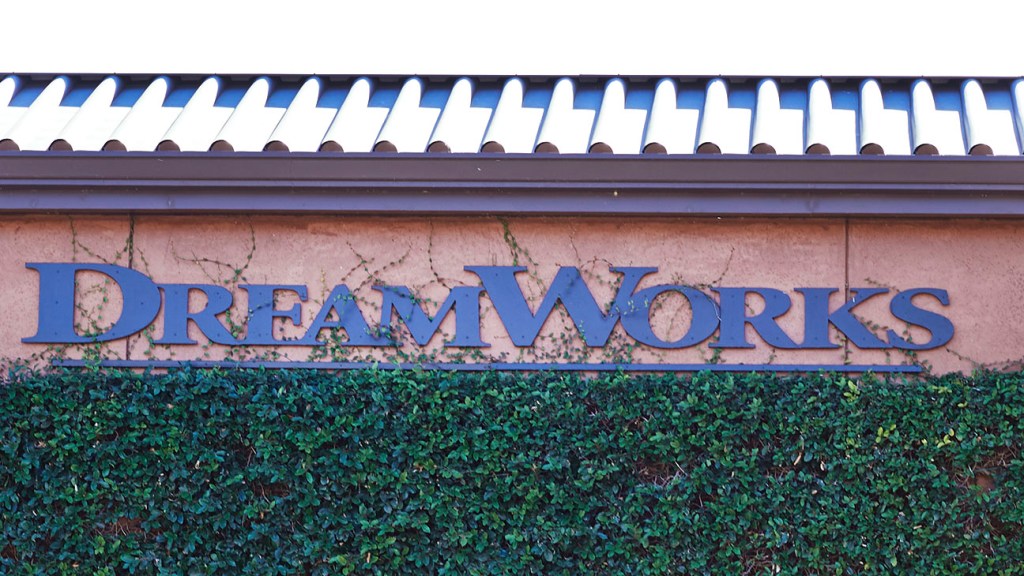
DreamWorks Animation Staffers Push for Unionization
Remote employees at DreamWorks Animation have taken a significant step toward unionizing, marking a pivotal moment in the company's labor relations. The Animation Guild, part of the International Alliance of Theatrical Stage Employees (IATSE), has announced that remote workers involved in L.A.-based film and television projects have submitted a request for voluntary recognition of the union to management. Additionally, they have filed for an election with the National Labor Relations Board.
The union aims to represent approximately 75 employees across various roles, including character effects artists, production coordinators, animators, and technical directors. This effort is centered around collective bargaining to ensure fair treatment and improved working conditions for all employees, regardless of their location.
Anthony Holden, a story artist based in Oregon and a long-time employee of the company, expressed his support for the unionization effort. In a statement, he emphasized that while working remotely is a privilege, it comes with disadvantages. "It is unfair to be treated as a second-class employee," Holden said. He highlighted that remote workers do not receive the same health care coverage or retirement benefits as those who work on-site.
Despite these concerns, the studio has yet to respond to the union’s initiative. The Hollywood Reporter has reached out to DreamWorks for comment, but no official response has been provided as of yet.
Charles Billingsley, a department technical director specialist at DreamWorks, shared his perspective on the unionization movement. In a statement to The Hollywood Reporter, he expressed excitement about joining The Animation Guild (TAG) and regaining the benefits enjoyed by his in-office colleagues. "By joining TAG, I'm excited to regain the same health care, retirement plans, and protections my coworkers enjoy," Billingsley said. He added that the move is about more than just benefits—it's about maintaining connection, unity, and ensuring that all employees can continue doing the work they love.
Billingsley has been with the company for six years and sees this as a crucial step toward fair treatment for remote workers.
A New Chapter in Labor Relations
This unionization push coincides with another milestone for The Animation Guild. On the same day the union announced its efforts to organize remote workers, it also revealed that DreamWorks production workers had ratified their first union contract. This development came after a vote in the spring of 2024, when employees chose to join The Animation Guild and The Editors Guild, another IATSE Local.
Ninety-six percent of participating union members supported the initial contract, with 92% of the bargaining unit taking part in the vote. The new agreement includes key provisions such as wage minimums, annual raises, no annual healthcare premiums, retirement contributions, and additional pay for salaried and on-call employees on the sixth and seventh days of the week.
This contract marks a significant achievement for the union and sets a precedent for future negotiations. It reflects the growing importance of worker representation in the entertainment industry, especially as more employees transition to remote or hybrid work models.
Broader Implications for the Industry
The unionization efforts at DreamWorks are part of a larger trend in the entertainment sector, where workers are increasingly seeking better benefits, job security, and equitable treatment. As companies adapt to changing workforce dynamics, the role of unions becomes even more critical in ensuring that all employees—whether remote or on-site—are treated fairly.
The success of this initiative could influence other studios and production companies to consider similar steps, potentially reshaping labor practices across the industry. For now, the focus remains on securing fair wages, benefits, and a sense of belonging for all DreamWorks employees.

Post a Comment